
N / A
Eau D’Hermes, created by the esteemed perfumer Edmond Roudnitska, is an exquisite leather fragrance for both men and women, brought to life by the luxury brand Hermès. This timeless scent was first introduced to the world in 1951, and it continues to captivate with its refined and elegant composition.
The fragrance opens with a dynamic blend of bergamot, lavender, lemon, petitgrain, and sage. These top notes create a refreshing and invigorating aura, setting the stage for the olfactive journey that awaits.
As the fragrance evolves, it reveals an intriguing heart of cardamom, cinnamon, cumin, bourbon geranium, jasmine, coriander, and cloves. This complex medley of spices and floral essences adds depth and warmth, enveloping the wearer in an alluring and intoxicating embrace.
The base notes of Eau D’Hermes are composed of leather, birch, sandalwood, tonka bean, cedar, vanilla, moss, and labdanum. These rich and sensual elements bring a sense of sophistication and sensuality to the fragrance, leaving a lasting impression on both the wearer and those around them.
Eau D’Hermes is a masterpiece that embodies the artistry and craftsmanship synonymous with the Hermès brand. Its nuanced blend of ingredients creates a truly distinctive and memorable scent that transcends gender boundaries, making it suitable for anyone seeking a truly refined and sophisticated fragrance experience.
There are no reviews for this fragrance yet, be the first to write one!
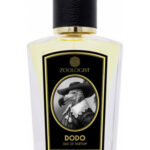
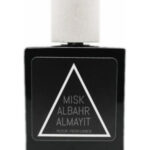
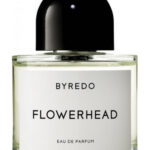
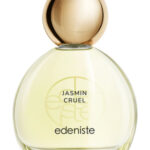
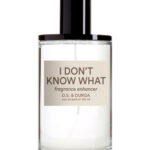
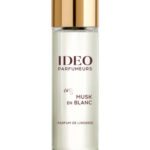
There are no reviews for this fragrance yet, be the first to write one!
A fragrance review is a comprehensive critique of the scent, ingredients, and personal experience related to the fragrance in question.
Your readers aren't as interested in your journey of discovering the perfume or how it elicited emotions within you. Their main concern is whether they will appreciate the fragrance themselves and they're counting on your review to guide them.
Hence, it's imperative to provide them with reliable details about what made this fragrance stand out, what was captivating, or possibly disappointing, and why. Back up your claims with succinct descriptions, examples, and logical reasoning.
